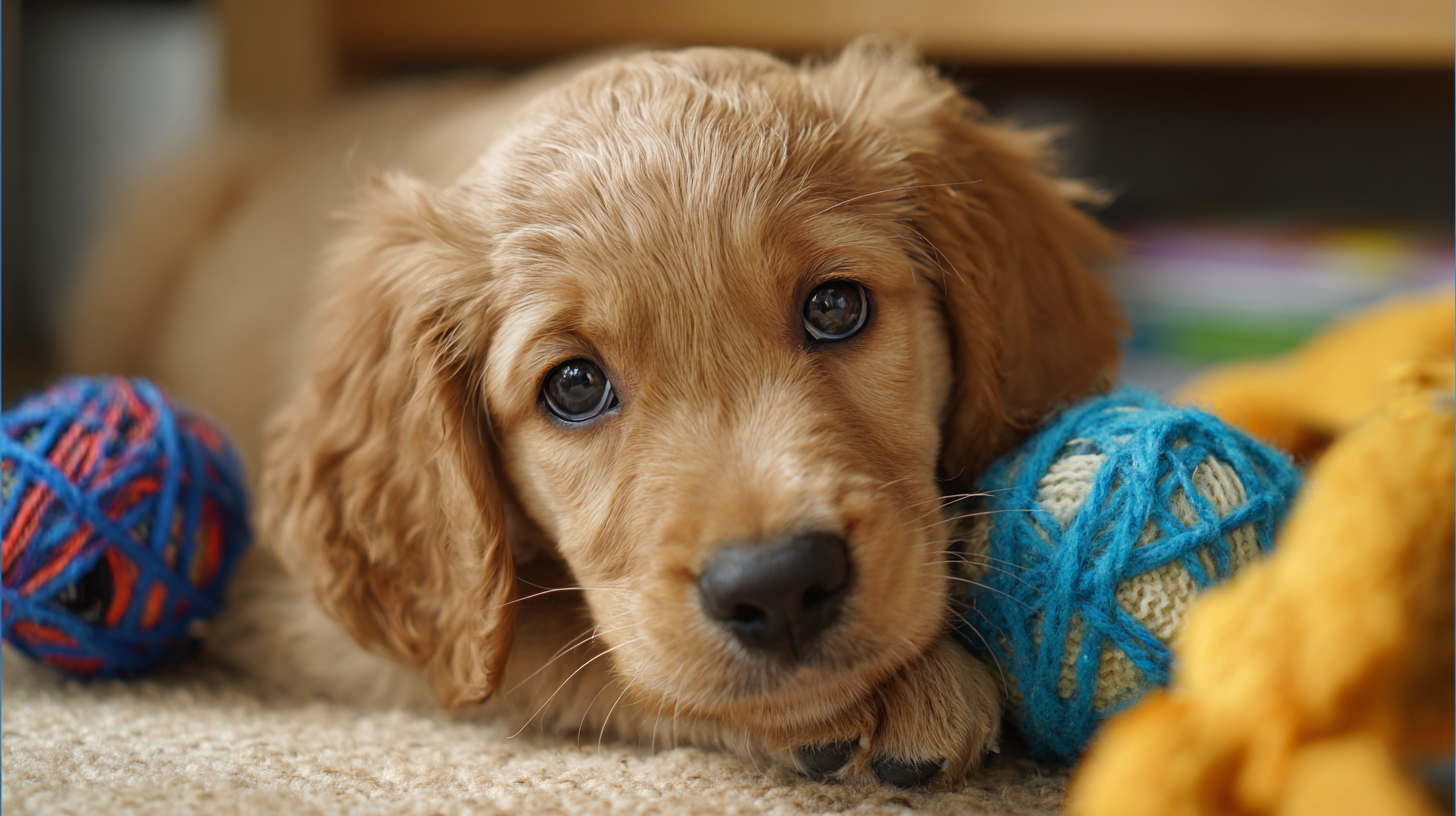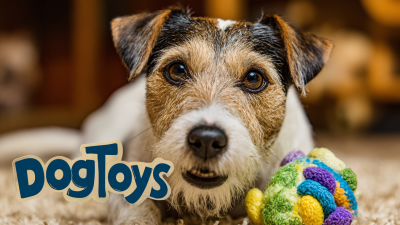$0.00
When it comes to welcoming a new puppy into your home, choosing the right toys is crucial for both their safety and enjoyment. Puppy toys not only provide entertainment but also play a significant role in the developmental process of young dogs. According to a report by the American Pet Products Association, approximately 70% of pet owners prioritize safe and engaging toys when shopping for their furry companions. Furthermore, research highlights that mentally stimulating toys can reduce anxiety and destructive behavior, which are common challenges faced by new pet owners. With the pet industry projected to reach $269.9 billion by 2025, ensuring your puppy has the right toys is an investment in their well-being and happiness. This guide will help you navigate the myriad of options available, focusing on safety, durability, and fun to keep your new best friend entertained and healthy.

When selecting the right size and shape of puppy toys for your new best friend, it’s essential to consider your puppy's breed and age. According to the American Kennel Club, different breeds exhibit varying chewing behaviors and physical capabilities. For instance, smaller breeds like Chihuahuas often require toys that are appropriately sized to prevent choking hazards, while larger breeds like Golden Retrievers benefit from more robust toys that can withstand their powerful jaws.

Experts recommend choosing toys that are not only size-appropriate but also designed to cater to your puppy's play style. A study from the Association of Professional Dog Trainers found that 70% of dog owners reported their pets show a preference for toys that mimic their natural instinct to chew and fetch. This means opting for ropes and balls for retrievers, and softer, plush toys for smaller breeds. Always ensure that the toys are made from non-toxic materials, as many puppies are prone to chewing and may ingest fragments.
When choosing toys for your new puppy, understanding safe materials is crucial to ensure your furry friend's health and happiness. Look for toys made from non-toxic, durable materials such as natural rubber, nylon, or fabric specifically designed for pet use. These materials can withstand the enthusiastic play of a puppy while minimizing the risk of ingesting harmful substances. Always check for certifications or labels, such as the American Society for Testing and Materials (ASTM) or the Consumer Product Safety Commission (CPSC), which indicate that the materials used meet safety standards.
In addition to choosing the right materials, consider the size and design of the toy. Avoid toys with small parts that could pose a choking hazard. Opt for toys that are appropriately sized for your puppy's breed and age. Engaging toys like chewables or interactive puzzles can provide not only fun but also mental stimulation. By taking these factors into account, you can select toys that are safe, durable, and enjoyable for your new best friend, fostering an environment for healthy play and development.
| Toy Type | Material Safety | Durability | Fun Factor | Age Suitability |
|---|---|---|---|---|
| Rubber Chew Toys | Non-toxic, FDA-approved | Highly durable | Great for interactive play | All ages |
| Stuffed Plush Toys | Check for no small parts, hypoallergenic | Moderately durable | Cuddly and comforting | Puppies and small breeds |
| Rope Toys | Natural fibers, safe for chewing | Durable but fray over time | Great for tug-of-war | All ages |
| Interactive Puzzle Toys | Safe plastic, BPA-free | Variable durability | Engaging and stimulating | Puppies and active dogs |
| Balls | Non-toxic rubber or vinyl | Very durable | Perfect for fetch | All ages |
When selecting toys for your puppy, understanding the difference between interactive and solo play is crucial for their engagement and development. According to the American Kennel Club, puppies require various stimuli to foster their cognitive and social skills, and the toys you choose can significantly impact their behavior and learning. Interactive toys, such as puzzle feeders or tug toys, encourage bonding through playtime with their owners or other dogs, promoting social interaction and mental stimulation. A study from the Journal of Veterinary Behavior indicates that dogs engaged in regular interactive play are less likely to develop behavioral issues, underscoring the importance of including these types of toys in your puppy's toy box.
On the other hand, solo play toys, like chew toys or squeaky balls, are essential for independent exploration and can help reduce anxiety when your puppy is left alone. According to a report from the Pet Product Association, 67% of pet owners reported that they prefer toys that keep their pets occupied without supervision. These toys encourage problem-solving skills, as puppies learn to figure out how to get the most out of their toys, ultimately enhancing their emotional well-being. Balancing both interactive and solo play options will ensure that your puppy remains engaged, happy, and healthy while growing into a well-adjusted adult dog.
When selecting puppy toys, durability is a critical factor that cannot be overlooked. Young dogs are naturally curious and often tend to chew on their toys rigorously, so it's essential to invest in toys that can withstand their playful antics. Look for toys made from robust materials such as heavy-duty rubber or reinforced nylon. These materials not only resist tearing and puncturing, but they also provide a satisfying texture for your puppy, encouraging healthy chewing habits.
Another aspect to consider when assessing the durability of puppy toys is the construction quality. Opt for toys that feature seamless designs or are made from a single piece of material, as these are less likely to break apart. Additionally, always inspect toys for any small parts that could pose a choking hazard. Choosing appropriately sized toys is equally important; too small can be easily swallowed, while too large can lead to frustration. By focusing on these elements, you can ensure that the toys you choose will stand the test of time, providing both safety and enjoyment for your new furry companion.
Below is a comparison of different types of puppy toys based on their durability ratings and average lifespan in months. This will help you select the best toys for your new puppy.
When selecting toys for your puppy, observing their reactions can provide essential clues about what they truly enjoy. A wagging tail, eager play, and bringing the toy back for more games are clear signs your pup has formed a bond with their favorite toy. Puppies also express their affection through playful interactions, showcasing their excitement and enthusiasm by jumping around or play-bowing when their cherished toy is involved.
Additionally, the right toy can enhance your puppy's physical and mental well-being. For instance, treat-dispensing toys can turn playtime into a rewarding experience, encouraging problem-solving skills while keeping them entertained. Chew toys not only provide comfort during teething but also promote healthy chewing habits and prevent boredom. By paying attention to how your puppy engages with their toys, you can create an enjoyable and safe play environment that fosters their happiness and development.






